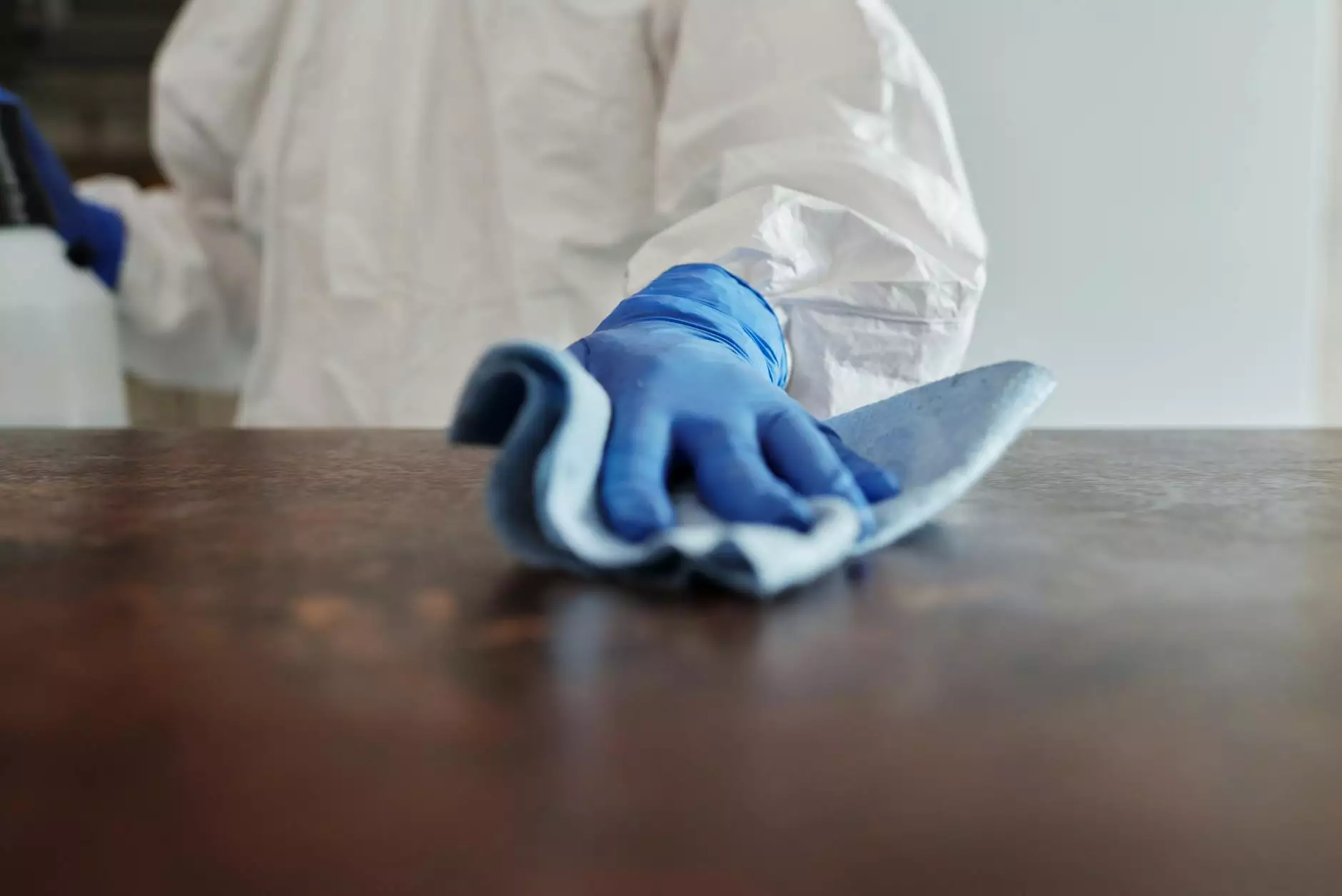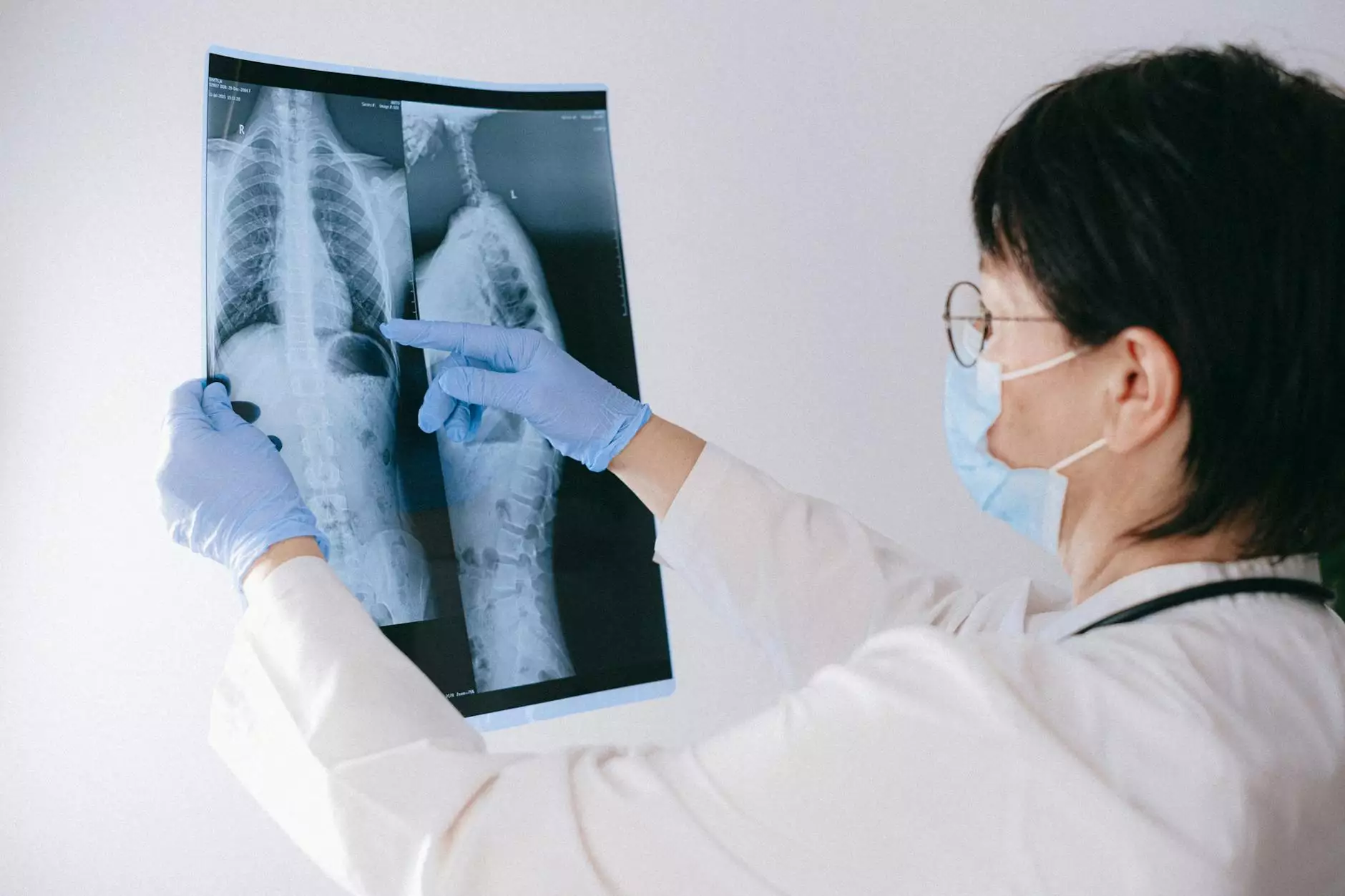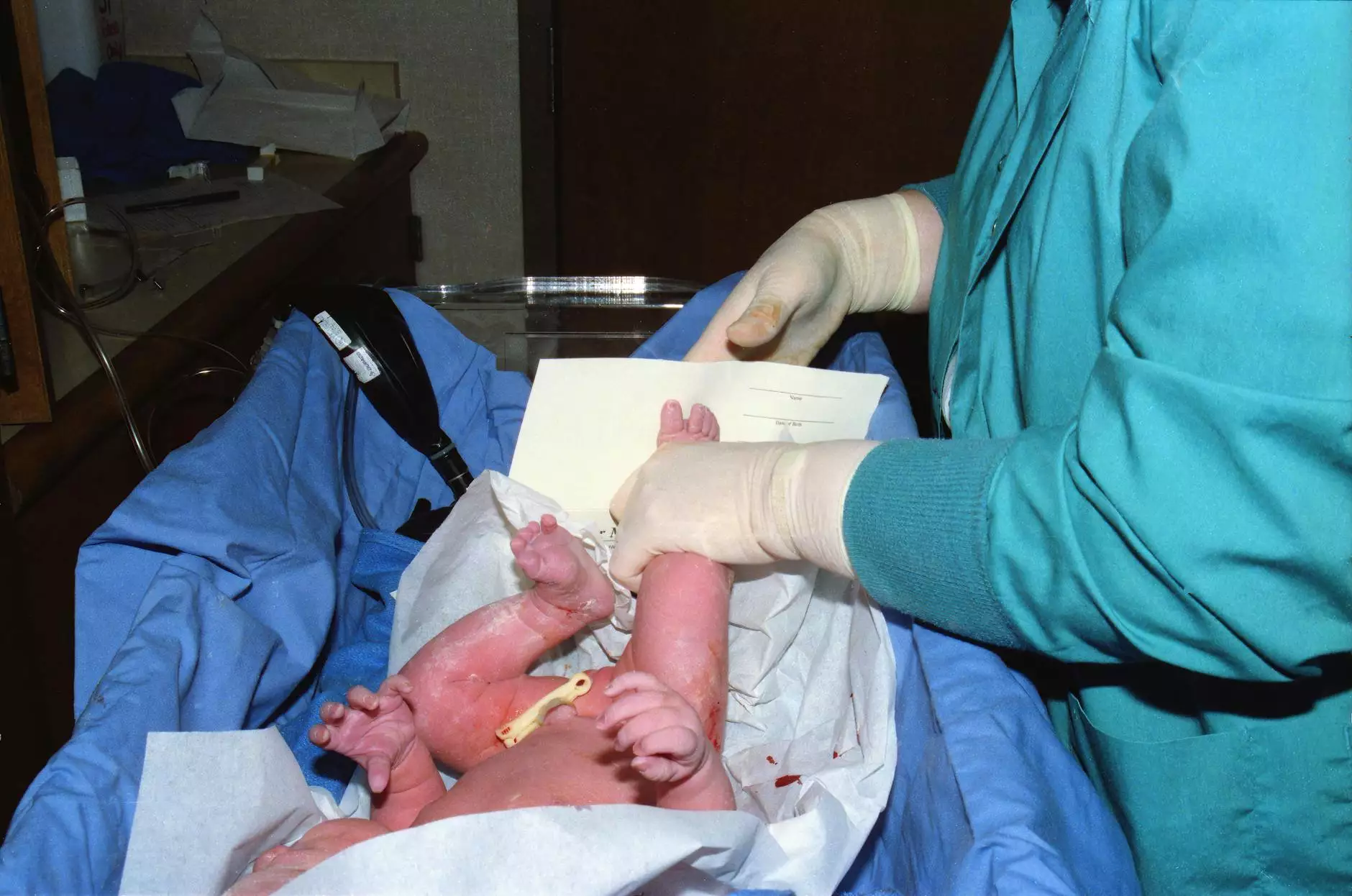Foley Catheter Infection Prevention

Introduction
Welcome to Foley James D MD's comprehensive guide on Foley Catheter Infection Prevention. As a leading expert in the field of healthcare, we understand the importance of keeping patients safe and providing reliable information. In this guide, we will cover everything you need to know about Foley catheter care and how to prevent infections.
Understanding Foley Catheters
A Foley catheter is a medical device commonly used to drain urine from the bladder. It consists of a flexible tube that is inserted into the bladder through the urethra. A balloon located at the end of the tube helps keep the catheter in place. Foley catheters are frequently used in healthcare settings, especially for patients with urinary retention, surgical procedures, or for those who are bedridden.
The Importance of Infection Prevention
Preventing infections associated with Foley catheters is of utmost importance for maintaining optimal health. Catheter-associated urinary tract infections (CAUTIs) are a common complication that can lead to discomfort, prolonged hospital stays, increased medical costs, and even serious health complications. Understanding and implementing effective infection prevention measures can significantly reduce the risk of such infections.
Best Practices for Foley Catheter Infection Prevention
1. Hand Hygiene
Proper hand hygiene is the foundation of infection prevention. Before and after any interaction with the Foley catheter, it is crucial to wash your hands thoroughly with soap and water or use alcohol-based hand sanitizers to eliminate any potential transfer of harmful bacteria.
2. Sterile Techniques
When performing Foley catheter insertion, healthcare professionals must adhere to sterile techniques. This involves using sterile equipment, wearing gloves, and following strict infection control protocols. Sterile techniques are essential for reducing the risk of introducing bacteria into the bladder.
3. Catheter Care and Maintenance
Proper care and maintenance of Foley catheters are crucial to minimize the risk of infections. It is essential to keep the catheter and the surrounding area clean and dry. Regularly clean the catheter with mild soap and water, avoiding harsh chemicals that may cause irritation. Encourage patients to drink an adequate amount of fluids to promote urine flow and reduce bacterial build-up.
4. Monitoring for Complications
Continuous monitoring is essential in identifying potential complications associated with Foley catheters. Healthcare professionals should regularly assess the catheter site for any signs of infection, such as redness, swelling, or discharge. Additionally, monitoring urinary output, symptoms of urinary tract infections, and other related complications are crucial.
5. Appropriate and Timely Catheter Removal
Prolonged catheterization increases the risk of infections. Foley catheters should only be used for medically necessary reasons. Prompt removal of the catheter is crucial as soon as it is no longer required. Healthcare providers should regularly reassess the need for catheterization and consider alternative methods when appropriate.
Conclusion
When it comes to Foley catheter care, infection prevention should be a top priority. By following the best practices outlined in this guide, you can significantly reduce the risk of catheter-associated urinary tract infections. Remember, proper hand hygiene, sterile techniques, regular catheter care, attentive monitoring, and timely removal are key to maintaining your health and well-being. At Foley James D MD, we are committed to providing you with the information and resources you need to ensure successful catheter management.
For any specific questions or concerns about Foley catheter infection prevention, please don't hesitate to contact us.









